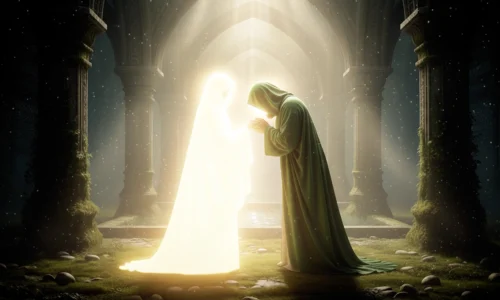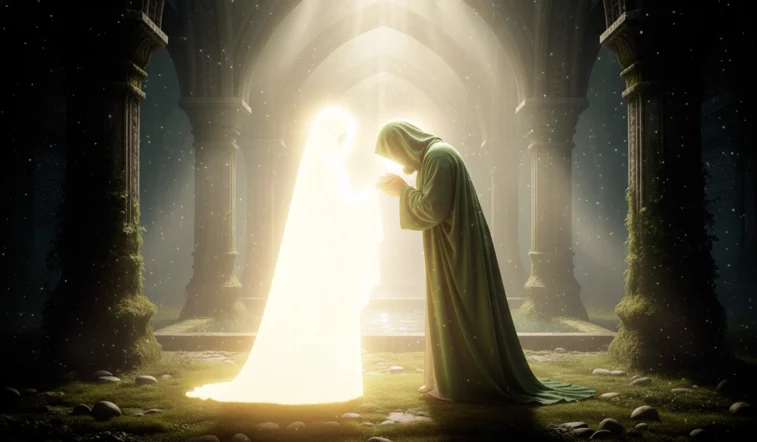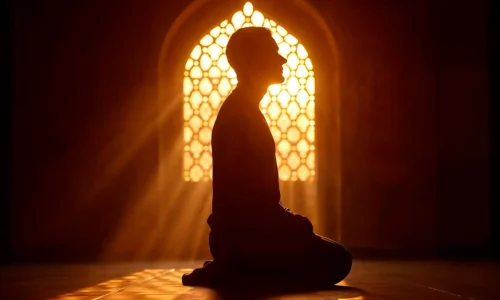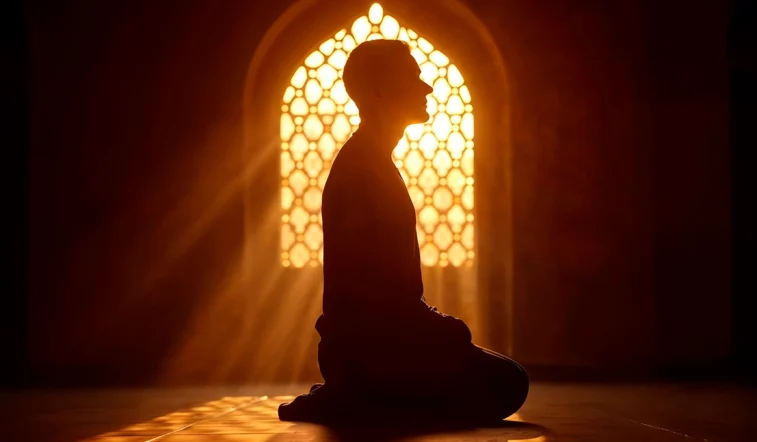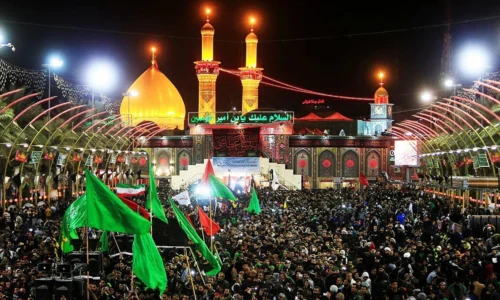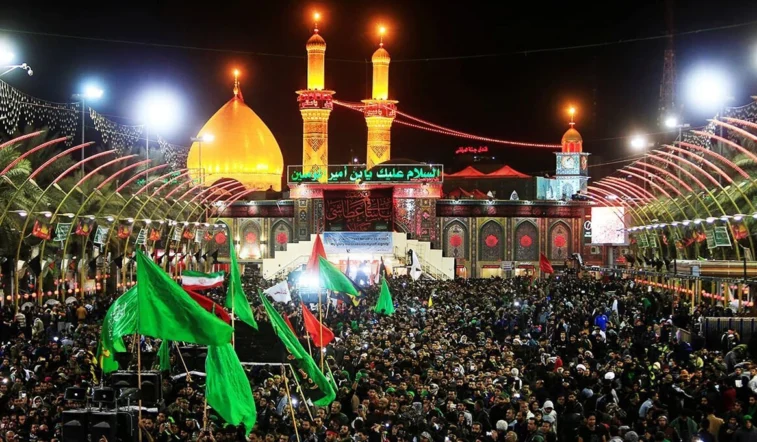Understanding the Forces That Oppose the Awaited Savior
The reappearance of Imam Muhammad ibn al-Hasan al-Mahdi (AJ)—the 12th and final Imam in Twelver Shia Islam—is prophesied to mark a turning point in human history. His mission: to eradicate oppression, restore divine justice, and unite the world under the truth of Islam. However, such a monumental mission inevitably faces opposition.
The enemies of Imam Mahdi (AJ) are not limited to individuals but include ideologies, political systems, corrupt powers, hypocrites, and specific foretold figures who actively work against his cause—before and during his reappearance.
This article identifies the major categories and names of those opposed to Imam Mahdi (AJ), based on Qur’anic themes, prophetic traditions, and Shia eschatology.

1. The Sufyani
One of the most prominent enemies of Imam Mahdi (AJ) mentioned in both Sunni and Shia hadiths is a man known as Sufyani.
Who is he?
Sufyani is said to be a tyrannical descendant of Abu Sufyan, a long-time enemy of the Prophet Muhammad (PBUH). He will emerge in Sham (modern-day Syria) shortly before the Imam’s reappearance.
Traits of Sufyani:
- Fierce hatred for the Ahlul Bayt
- Brutal military campaigns
- Massacres of innocent people, especially in Iraq
- Attempts to destroy Mecca and Medina
- Leads a large army, many of whom will be swallowed by the Earth in the desert of Bayda
He will be a symbol of military tyranny and religious hypocrisy, deceiving many under the name of Islam.
2. The Dajjal (The Antichrist)
Who is he?
Dajjal, or the Great Deceiver, is an end-times figure foretold in both Sunni and Shia sources. Though Prophet Jesus (AS) is specifically tasked with killing Dajjal, Imam Mahdi (AJ) plays a major role in confronting his deception.
Traits of Dajjal:
- One-eyed (symbolizing distorted perception)
- Claims divinity and performs false miracles
- Uses technology, media, and wealth to deceive masses
- Travels the Earth quickly, spreading corruption
- Targets the weak in faith and the materialistic
Dajjal represents the ultimate falsehood, leading humanity away from truth in the name of power, progress, or even spirituality.
3. The Nawasib (Haters of Ahlul Bayt)
Who are they?
Nawasib are those who openly or secretly harbor enmity toward the family of the Prophet (Ahlul Bayt), especially those who denied the Imamate or opposed the rightful leadership of the Imams.
They are ideological enemies, denying:
- The rightful succession of Imam Ali (AS)
- The Imamate of the Twelve Imams
- The current occultation and return of Imam Mahdi (AJ)
These individuals or groups may outwardly identify as Muslims but oppose the essence of divine leadership.
4. Hypocrites and Corrupt Religious Scholars
The Qur’an and hadith literature both warn about hypocrites (munafiqeen)—those who pretend to follow religion but betray the truth.
In the time of Imam Mahdi, many:
- Clerics and scholars will resist his leadership
- Religious institutions will label him as a rebel
- Power-hungry leaders will see him as a threat to their authority
- Agents of corrupt political regimes will wage propaganda against him
This group includes both religious and political hypocrites, whose faith is motivated by status, not sincerity.
5. Tyrannical Governments and World Powers
Imam Mahdi (AJ) threatens not only spiritual corruption but material injustice. His rise will challenge:
- Global systems of oppression
- Zionism and imperialism
- Exploitative capitalist systems
- Dictatorships in the Muslim world
- Military-industrial complexes built on war and inequality
Thus, ruling elites, both East and West, who profit from war, injustice, and moral decay, will actively oppose him.
6. False Claimants of Mahdawiyyah
Who are they?
Throughout history and even in recent times, individuals have falsely claimed to be the Mahdi to gain political power, religious influence, or public attention.
Their claims often lead to:
- Confusion and division among Muslims
- Discrediting the true concept of Imam Mahdi
- Violent uprisings or cult-like movements
Examples include:
- Muhammad Ahmad of Sudan (19th century)
- Mirza Ghulam Ahmad of Qadian
- Various 20th and 21st century impostors in Iraq, Iran, and other countries
These individuals damage the credibility of true eschatological expectations and often play into the hands of enemies of Islam.
7. Misguided Media and Anti-Mahdi Propaganda
In modern times, media manipulation and cultural warfare serve as powerful tools to distort the image of Imam Mahdi. These enemies work to:
- Depict the Mahdi as a terrorist or tyrant
- Associate him with the Antichrist or false messiahs
- Mock the concept of a savior in popular culture
- Suppress any mention of him in educational systems
This psychological war aims to discredit the Imam before he appears, so people fear rather than embrace him.
8. The “Skeptical Masses”
Not all enemies of the Imam are aggressive. Some are passive resisters—ordinary people who:
- Doubt his existence
- Mock the idea of a savior
- Refuse to change their lifestyle
- Cling to nationalism, materialism, or secular ideologies
This silent opposition is rooted in heedlessness (ghaflah) and love for comfort and convenience over truth.
How Can We Oppose the Enemies of Imam Mahdi (AJ)?
- Strengthen your connection to the Imam through daily prayers, supplications like Dua al-Faraj and Dua al-Ahd
- Educate yourself and others about his life, mission, and signs of reappearance
- Reject all forms of injustice and tyranny, whether political, social, or economic
- Stand with truth and sincerity, even when it’s difficult or unpopular
- Support movements of justice, unity, and moral awakening
Conclusion: Standing with the Imam Means Standing Against All Falsehood
The enemies of Imam Mahdi (AJ) are many: tyrants, deceivers, hypocrites, ideologues, and those who fear the collapse of unjust power structures. But his supporters are also many—those who live with hope, resist corruption, and prepare their souls and societies for his reappearance.
“Blessed are the strangers who reform what the people have corrupted of my Sunnah.”
~ Prophet Muhammad (PBUH)
Let us strive to be among those who not only know the Imam, but also actively defend his cause—even before he appears.
